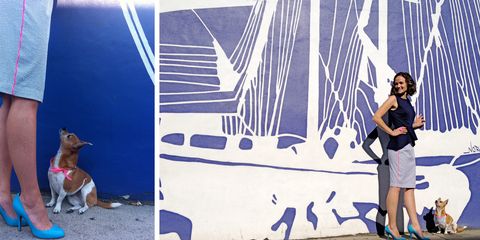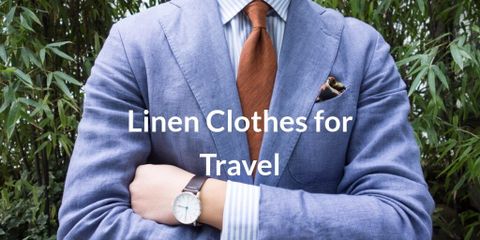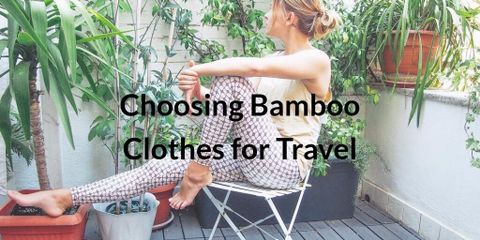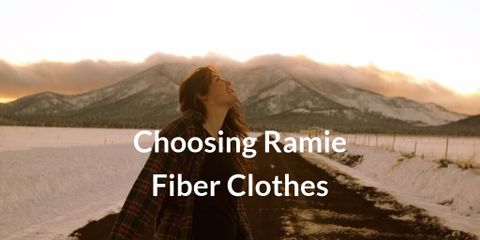
The Essential Guide to Modal Fabric
The last thing you want when you are traveling is uncomfortable clothing! Clothes made from Modal might be the solution.
Modal? What is Modal Fabric?
This certainly doesn’t sound like a fabric! We know about natural fabrics like wool or cotton, or synthetics like nylon and polyester. But there’s a third category of fabrics known as “natural synthetics”. These are fabrics made from natural products – mainly the cellulose in wood or bamboo – which need advanced technology to convert from nature to end-product.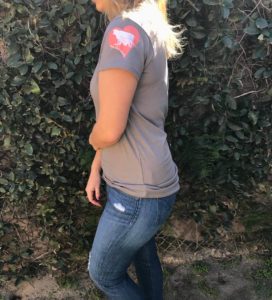
Modal® is the registered tradename of a fiber that comes from beech trees.
Making fiber, yarn, and fabric from trees is not new. We might have heard about “artificial silk” or “art silk” in France in the 1890’s. We probably have heard about “rayon” or “viscose” which were the names given to this type of fabric in the early 1900’s.
While the base of these products is natural – wood or bamboo – the fibers that are produced are man-made. Wood chips are treated with chemicals to reduce them to a pulp, and to remove all the wood’s natural components except cellulose. This cellulose is then forced through a sieve-like machine to form strands – a bit like making spaghetti! These strands, or man-made fibers, go through multiple chemical processes to make them suitable for knitting or weaving into fabrics.
Who makes Modal?
Although there are many companies involved, the biggest, and the one that has led the way in technology, is Lenzing Fibres in Austria. They have been involved with the production of rayon since 1938 – using the brand name Lenzing Viscose®.
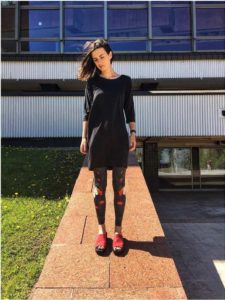 Rayon – or viscose - has some good characteristics, including that it is soft and absorbs moisture very well. It absorbs dyes, so garments can be very bright and colorful. It also absorbs sweat, so it’s good for hot weather. Its absorbency makes it ideal for various hygiene and medical products. It does not build up static, so won’t cling. It might be soft, but it is also tough – rayon is used to reinforce car tires!
Rayon – or viscose - has some good characteristics, including that it is soft and absorbs moisture very well. It absorbs dyes, so garments can be very bright and colorful. It also absorbs sweat, so it’s good for hot weather. Its absorbency makes it ideal for various hygiene and medical products. It does not build up static, so won’t cling. It might be soft, but it is also tough – rayon is used to reinforce car tires!
The problem with rayon is that it loses strength when it is wet. Garments must be dry cleaned as they shrink and stretch easily. They also react badly to rubbing or abrasion, easily developing small balls of fluff on the surface, called “pilling”.
Enter Modal®. Modal is a technological improvement on rayon. It was developed by the Japanese in 1951 and taken up by Lenzing in the 1960’s. It is a form of rayon that is strong when it is wet. Its fiber is also very soft – some refer to it as “the softest fiber in the world”.
There are four recognized companies who manufacture cellulose fiber from wood – two in Europe, including Lenzing, one in the USA and one in India. Their yarn is then used by multiple other companies to knit or weave into fabrics, to blend with other fabrics and ultimately to transform into garments, home textiles, and other products.
The next level technology has taken all the benefits of rayon and modal and produced Tencel. Tencel? Yes, that is also a fabric and you can read about Tencel clothing.
How to Wash Modal Clothes?
The general rule is to wash Modal like cotton and iron it like wool. Because it is strong when wet, Modal can be machine washed and tumble dried. It won’t shrink or pull out of shape. It won’t “pill” like ordinary rayon, so it is hard wearing. It’s a good idea to keep water temperatures moderate or cool at around 30˚. Use a steamer rather than a dry iron. It’s best to avoid chlorine bleaches. And it’s always a good idea to read the washing instructions on the labels, especially if Modal has been blended with other fabrics.
Is Modal eco-friendly?
The answer is yes and no. Yes, Modal is eco-friendly when its base is protected forests and when it is manufactured by reputable companies that minimize environmental damage.
No, it is not eco-friendly when we read the list of toxic chemicals used for its manufacture.
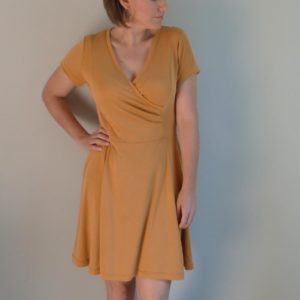 You need to look at the entire supply chain to decide whether a Modal product is eco-friendly:
You need to look at the entire supply chain to decide whether a Modal product is eco-friendly:Are the trees grown organically without pesticides, herbicides, genetic engineering?
Is the cutting and logging process sustainable?
How toxic are the chemicals used in the manufacturing process?
Is runoff of chemicals managed?
How sustainable and environmentally friendly is the process of making fibers into fabric? And fabric into garments?
Are there human rights abuses anywhere along the chain? The problem is that while a company like Lenzing produces the fiber and yarn, and maintains environmental standards, it doesn’t control the whole supply chain.
So, it would be unfair to single out a product like Modal, as there are many concerns about practices in the textile industry.
Check for organizations with track records and avoid products – any products - that may be “bargains” because their manufacturers have somewhat unethical standards.
How does Modal fabric compare with other fabrics?
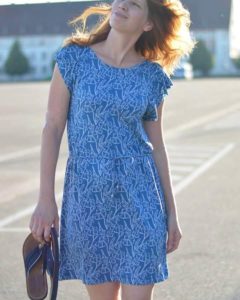 Manufacturers of cotton products are sometimes outraged when people say that Modal is like cotton. But this is what it feels like – a silky kind of cotton. The difference is that Modal absorbs about 50% more moisture than cotton, so is fantastic if you are hot and sweaty. And it’s particularly good if you want to avoid smelly socks. It also resists the buildup of mineral deposits in water, so repeated washing doesn’t make it hard and it doesn’t “grey” like cotton.
Manufacturers of cotton products are sometimes outraged when people say that Modal is like cotton. But this is what it feels like – a silky kind of cotton. The difference is that Modal absorbs about 50% more moisture than cotton, so is fantastic if you are hot and sweaty. And it’s particularly good if you want to avoid smelly socks. It also resists the buildup of mineral deposits in water, so repeated washing doesn’t make it hard and it doesn’t “grey” like cotton.
Modal is often blended with silk, wool, and cotton to make those fabrics stronger, softer or smoother.
Modal is man-made, but it is very different from synthetics like nylon and polyester, mainly because it is breathable and does not build up static. Any electric connection you may feel with a new friend won’t come from your modal shirt!
There is a new form of Modal, known as micromodal, that is blended with a polyester or acrylic. It is ultra-thin, super-light and super-smooth. It feels like a second skin and is perfect for underwear.
Modal for Travelers
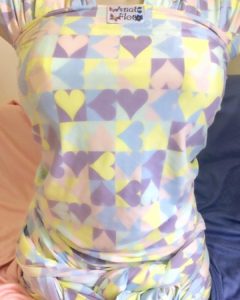 Modal is particularly well suited for travelers. It is soft, light and packs well. Definitely, pack your super comfortable modal pajamas and underwear. Take it if you’re active - wear it to the gym or on your bike, go jogging, or simply tramp around a new holiday destination. Get back panting, but feeling fresh and comfortable. And you can pack your unwashed togs and socks in a bag in your suitcase, without worrying about the smell!
Modal is particularly well suited for travelers. It is soft, light and packs well. Definitely, pack your super comfortable modal pajamas and underwear. Take it if you’re active - wear it to the gym or on your bike, go jogging, or simply tramp around a new holiday destination. Get back panting, but feeling fresh and comfortable. And you can pack your unwashed togs and socks in a bag in your suitcase, without worrying about the smell!
If you’re shopping for gifts for those back home – or for yourself – look for bedding, towels, and upholstery made from modal or modal blends.
So now you know! The next time you look at a label on your new boxer shorts and see that they are made with modal, you won’t have to wonder what on earth that is! And who knows …. maybe you can use your new-found information to strike up a conversation and make a friend of the person next to you on the plane!
Written By Kate Mark

Kate is a mid-lifer who quit a growing corporate career to reawaken her passions and her lifelong dream of traveling the world.

